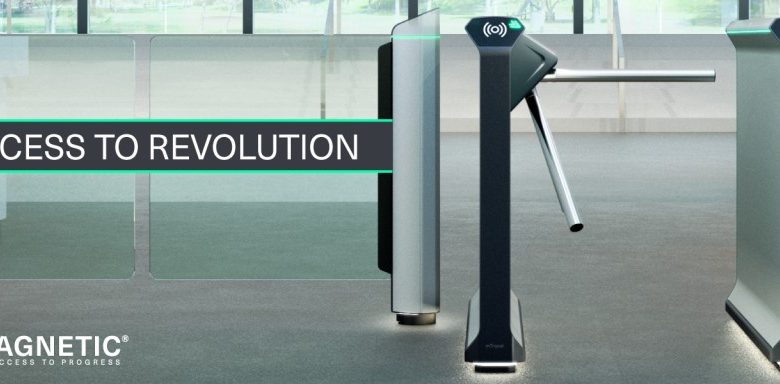Sustainability in Pedestrian Turnstiles: Energy-Efficient Solutions

As the world becomes increasingly focused on environmental sustainability, it is crucial for industries to embrace energy-efficient solutions. Pedestrian turnstiles, a key component of access control systems, can also contribute to sustainability efforts. By prioritizing energy efficiency in turnstile design and operation, manufacturers can minimize their environmental impact while providing secure and efficient access control. In this article, we will explore the importance of sustainability in pedestrian turnstiles and highlight energy-efficient solutions that can be implemented.
- Energy Management Systems: Optimizing Power Usage
One of the primary ways to enhance sustainability in pedestrian turnstiles is by incorporating energy management systems. These systems enable turnstiles to monitor and manage their power consumption, optimizing energy usage based on demand. By intelligently adjusting power settings during periods of low traffic or standby mode, turnstiles can significantly reduce their energy consumption without compromising security or performance.
- LED Lighting: Efficient and Long-lasting Illumination
Turning to energy-efficient lighting solutions is another effective approach for sustainable turnstile design. LED lighting offers numerous benefits with its low energy consumption and long lifespan. By using LED lights in turnstiles, manufacturers can reduce power consumption without sacrificing the quality or brightness of the illuminated areas. Additionally, LED lights have minimal maintenance needs, further reducing energy and maintenance costs.
III. Motion Sensors: Intelligent Control of Power Activation
Incorporating motion sensors into pedestrian turnstiles allows for intelligent control of power activation. These sensors detect the presence of users approaching the turnstile and automatically activate the power mechanisms. By activating the turnstile only when needed, energy wastage during idle periods can be minimized. Motion sensors contribute to sustainability by conserving energy and reducing unnecessary power consumption.Energy-Efficient Solutions
- Integration with Renewable Energy: Harnessing Sustainable Power Sources
To further enhance sustainability, pedestrian turnstiles can be integrated with renewable energy sources. Solar panels, for instance, can power turnstiles using clean and renewable energy from the sun. By harnessing solar power, turnstiles can operate autonomously, reducing dependency on conventional power sources and minimizing greenhouse gas emissions. Integration with renewable energy offers a sustainable solution that aligns with global efforts to transition towards clean and green technologies.Energy-Efficient Solutions
- Efficient Motor Technology: Reduced Energy Consumption
The motor technology used in pedestrian turnstiles plays a crucial role in energy efficiency. Opting for high-efficiency motors, such as brushless DC motors, can significantly reduce energy consumption. These motors are designed to operate with minimal friction and energy loss, providing smooth and efficient operation while minimizing power needs. Efficient motor technology not only contributes to sustainability but also improves the overall performance and longevity of the turnstile system.Energy-Efficient Solutions
- Power-saving Sleep Mode: Energy Conservation during Inactivity
Implementing a power-saving sleep mode is another effective solution for reducing energy consumption in pedestrian turnstiles. When there is no activity for a certain period, the turnstile can automatically enter a sleep mode, conserving energy by shutting down non-essential components. Upon detecting user presence, the turnstile can quickly awaken, ensuring seamless access while optimizing energy usage during periods of inactivity.Energy-Efficient Solutions
VII. Environmental Materials: Sustainable Manufacturing Practices
Sustainability in pedestrian turnstile extends beyond energy efficiency to encompass the use of environmentally friendly materials. Manufacturers can opt for recycled or recyclable materials, minimizing waste and reducing the carbon footprint associated with turnstile production. Additionally, implementing sustainable manufacturing practices, such as minimizing emissions and reducing water usage, can further contribute to a greener and more sustainable turnstile industry.Energy-Efficient Solutions
Conclusion:
Embracing sustainability in pedestrian turnstile through energy-efficient solutions is a crucial step towards building a greener future. By integrating energy management systems, using LED lighting, incorporating motion sensors, harnessing renewable energy, adopting efficient motor technology, implementing power-saving sleep modes, and employing sustainable manufacturing practices, turnstile manufacturers can minimize their environmental impact. By prioritizing sustainability, the industry can contribute to global efforts in mitigating climate change and creating a more sustainable and eco-friendly access control ecosystem.









